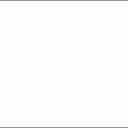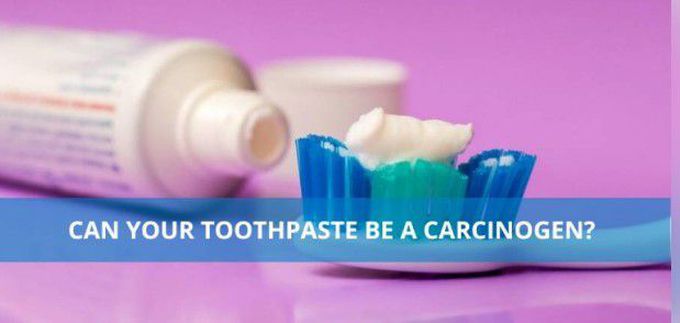


Can your toothpaste be a carcinogen?
A toothpaste is the most commonly used item in everyone’s daily life. Every day, millions of people across the world use the item to clean their teeth and freshen their breath before they begin their day. Considering the fact that it is what we place in the mouth, and subsequently, in the body, it is imperative that the item is safe for human consumption. But is it? One will be shocked to find out WHAT IS SACCHARIN? Simply put, Saccharin is the artificial sweetener used as a replacement of table sugar for sugar-free sodas, salad dressings, juices, and other food items. It is also used in toothpaste and mouthwashes to mask the unpleasant taste of a combination of the other components in these products. Saccharin is considered to be 300- 500 times sweeter than sugar. The only drawback of saccharin appears to be the metallic aftertaste that is left behind when one consumes the sweetener. Saccharin functions in the way that it is a slow onset sweetener that increases its sweetness overtime and then plateaus in the mouth. To curb this aftertaste, saccharin is often combined with aspartame (another artificial sweetener) to mask the taste. However, saccharin does much more than cause a metallic aftertaste. Saccharin and Science According to an article posted in the Encyclopedia of Food Sciences and Nutrition, a report was published in 1998 by the National Toxicology Program (NTP) of the US National Institute of Environmental Health Sciences (NIEHS) claiming saccharin was a ‘reasonably anticipated carcinogen’. This was due to the research conducted regarding saccharin. These researches showed that rats, that were given high doses of saccharin on a daily basis, expressed signs of urinary bladder cancer. This posed a relevant threat to humans consuming saccharin on a daily basis whether it was for the reason of weight loss or as a substitute of sugar for diabetic patients. It was also concluded that while most carcinogens were genotoxic; altering the DNA in order to cause mutation, saccharin’s mechanism of action is by the cell proliferation of the urothelium. However, the research claims that this mechanism of action is not relevant to humans and therefore, cannot cause cancer to humans. Observational studies that were conducted on humans consuming saccharin also resulted in no apparent correlation between cancer and saccharin. Therefore, due to a lack of sufficient research studies and no obvious conclusion, saccharin was removed from the list of carcinogens in the 10th report of the National Toxicology Program. The Controversy The FDA has also approved the use of saccharin in toothpaste. It has permitted the amount of saccharin for daily use as 15mg per kg of bodyweight. Even though, shockingly there have been no studies to support this theory. While the FDA, WHO (World Health Organization), and European Food Safety Authority (EFSA) have claimed saccharin to be safe for human consumption. The artificial sweetener still remains absent from the list of permitted food additives in Canada. Additionally, there have been researches that prove that saccharin may in fact not be safe for human consumption after all. Certain researchers attempted to continue the experiment carried out on rats by changing the subject, to humans. Scientists conducted this study by administering a 5mg dose of saccharin in 3 consecutive doses for a total of 5 days. This means that the sample of humans under observation had an intake of 15mg of saccharin daily. At the end of 5 days, it was observed that a certain percentage of the sample had abnormally high blood glucose levels while others had certain changes in their gut bacteria composition. Gut bacteria are responsible for extracting energy from food for the body’s utility. Changes in the composition of this bacteria can result in metabolic changes which is a major factor contributing to diabetes, cancer, or obesity. Another research conducted on rats proved that treatment of introducing saccharine in the diet caused: · Increased concentration of serum glucose was observed after treatment · The activity of LDH and uric acid increased proportionally with dosage levels and consumption period. · There was an increased concentration of creatinine post-treatment The research thus concluded that saccharin is unsafe to be consumed in the diet. Final Decision Conclusively, saccharin seems to be somewhat of a controversial topic when it comes to usage in food or cosmetic products. While top toothpaste manufacturers use saccharin to mask the unpleasant taste, it is still unclear whether this additive is safe for daily usage. Naturally occurring sweeteners in toothpaste or, Saccharin-free toothpaste, in this case, would be a better option. More research regarding the safety of its usage is thus warranted. By: https://www.dentalnewspk.com/02-Aug-2022/can-your-toothpaste-be-a-carcinogen

